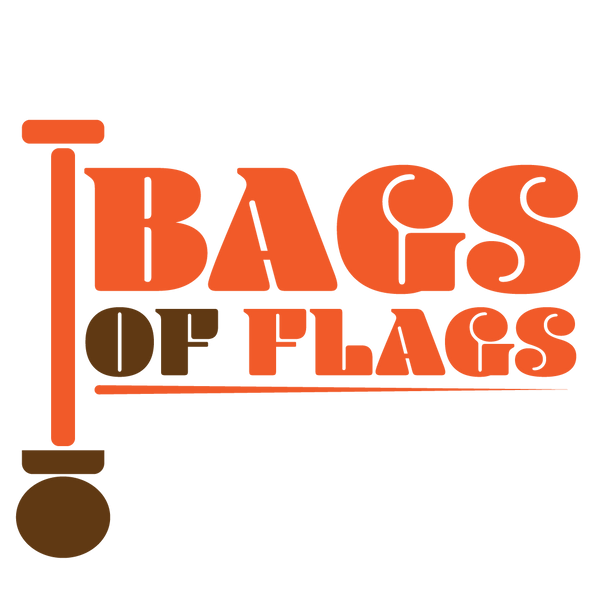-
U.S. Navy Blue Angels Flag
Regular price From $43.20 USDRegular priceUnit price / per -
U.S. Military Flags (3x5 FT) – Army, Navy, Air Force, Marine Corps, Coast Guard
Regular price $68.48 USDRegular priceUnit price / per -
U.S. Navy SEALs Flag – "The Only Easy Day Was Yesterday"
Regular price From $39.94 USDRegular priceUnit price / per -
United States Marine Corps Flag - USMC Flag
Regular price $35.98 USDRegular priceUnit price / per -
Black US Marine Corps Flag with Semper Fidelis Seal
Regular price From $43.20 USDRegular priceUnit price / per -
US Army Flag - Multiple Infantry & Defense Seals Available
Regular price From $43.20 USDRegular priceUnit price / per -
Marine Corps Flag – USMC Banner
Regular price From $37.58 USDRegular priceUnit price / per -
US Army Flag – Secretary & Chief of Staff
Regular price From $39.48 USDRegular priceUnit price / per -
Army 3ft x 5ft Flag, Flagpole, Base, Tassel
Regular price $345.46 USDRegular priceUnit price / per -
Marine 3ft x 5ft Flag, Flagpole, Base, and Tassel
Regular price $309.38 USDRegular priceUnit price / per
Collection: Military Flags
Military flags and banners are as old as the history of warfare itself.
Originally, flags and banners were actually standards: poles or markers placed at strategic points to ensure that armies didn’t accidentally stray into enemy territory during pitched hand-to-hand battles. Logically, the next step was to display something on the standards that would identify which side you were on and to boost the morale of combatants.

Over time, different branches of the military began devising their own flags and markers to differentiate themselves, particularly when warfare became more specialized and complex. Just within the US alone, there are six different branches: the Army, Navy, Air Force, Coast Guard, Marine Corps, and Space Force. Each branch displays insignia that reflects elements of the US military identity and places it as a member of a larger grouping.
On a smaller scale, individual units, like special forces branches and military bases, all carry their own unique insignia and military unit flags. Some, like the U.S. Navy SEALs, are universally well known (an eagle whose talons are grasping an anchor, a flintlock pistol and a trident), while others are relatively obscure and known only within their own circle of serving members.
Flags, in the military sense, are a rallying point for patriotism and acts of valor, and in some ways, preserving the integrity and meaning of the flag in battle is a matter of national pride. This means that a flag should not be portrayed in such a way that it appears negatively or communicates the wrong impression. This is the reason that the US flag is worn in reverse on the right arm or shoulder of a uniform – because to wear it normally would make it appear as if it were moving backward (or ‘retreating’) as the wearer moves forward!

















